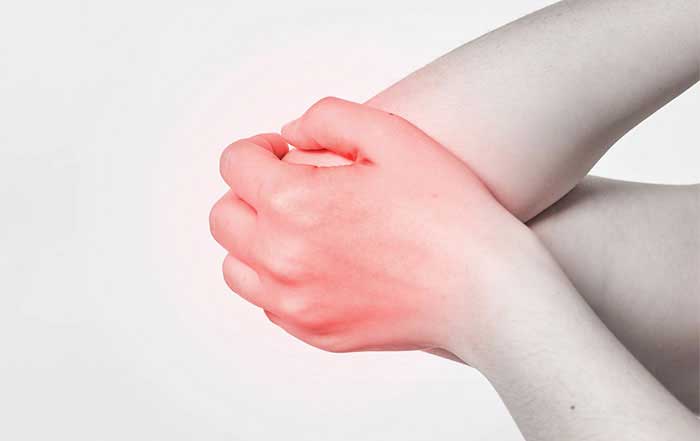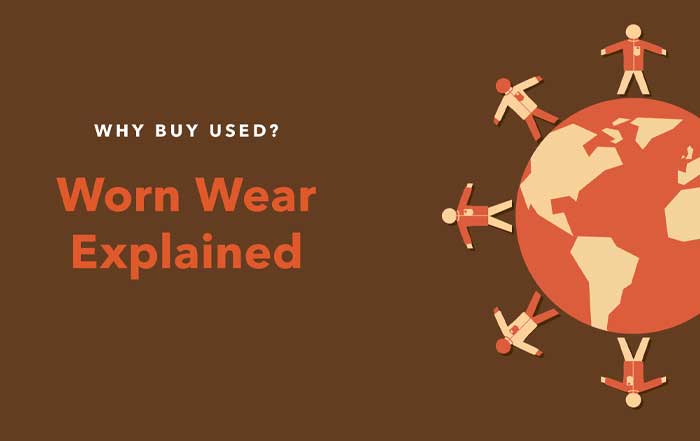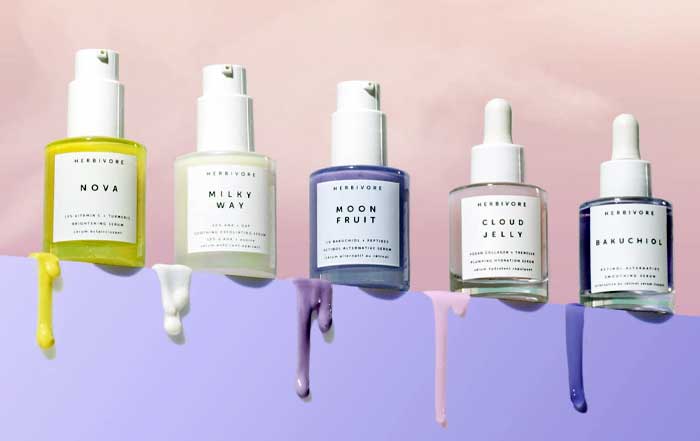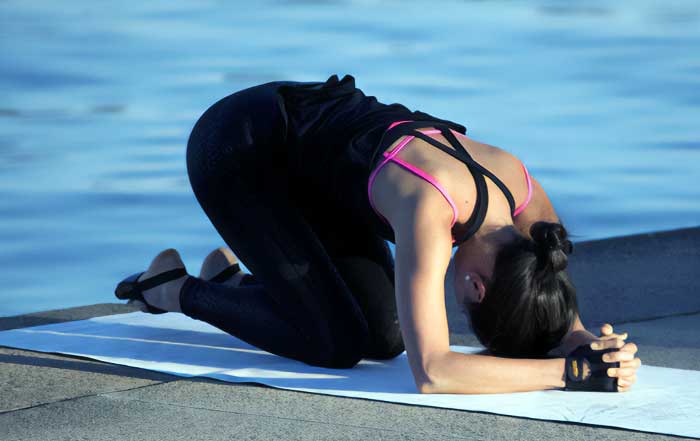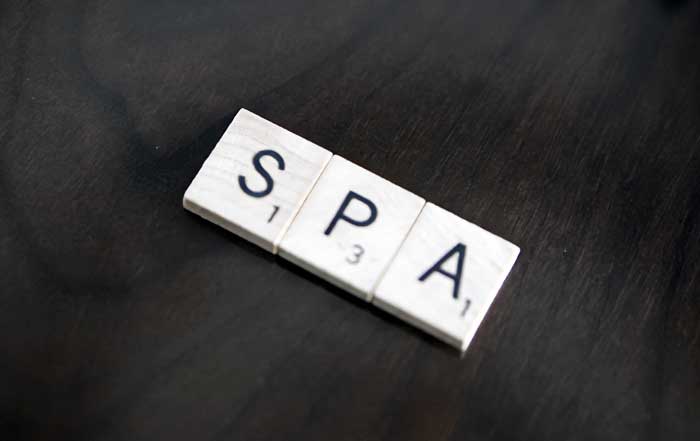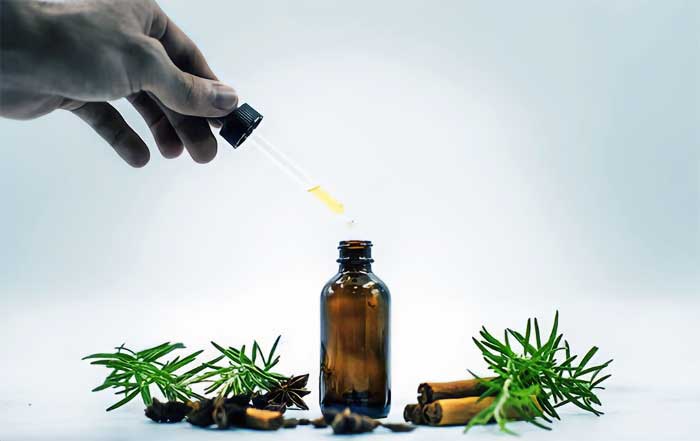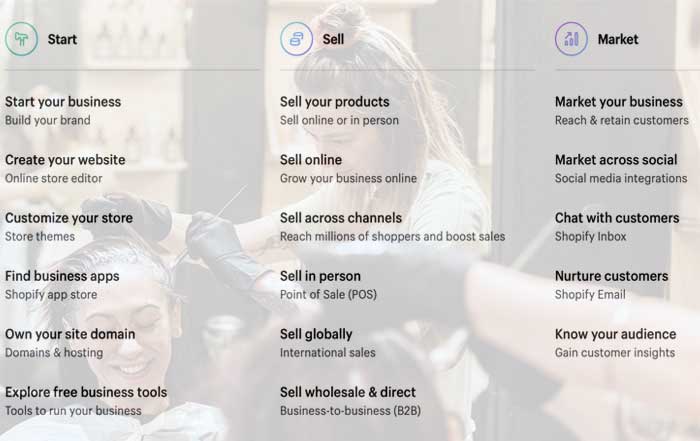Massage therapy has evolved from a luxury indulgence to a recognized component of women’s health and wellness routines. In 2025, the role of professional massage extends far beyond relaxation, encompassing physical, emotional, and psychological benefits that align with modern women’s diverse lifestyles. From stress management in high-pressure careers to recovery from athletic training, professional massage is increasingly viewed as a holistic necessity. For global audiences seeking balance, self-care, and longevity, professional massage continues to redefine the meaning of health and empowerment. This article explores the many dimensions of professional massage for women, with insights into its practical advantages, scientific backing, and cultural relevance across regions.
The Evolution of Massage in Women’s Wellness
For centuries, massage has been rooted in traditions such as Ayurveda in India, Traditional Chinese Medicine, and Swedish massage therapy, but its perception among women has shifted significantly in the past few decades. Once associated primarily with spas and resorts, massage is now widely recommended by medical practitioners, fitness experts, and mental health professionals. The growing emphasis on preventative healthcare has contributed to its acceptance as an essential part of women’s wellness routines.
Today, massage is not only practiced in day spas and wellness centers but also in hospitals, rehabilitation clinics, corporate offices, and athletic facilities. Women across the United States, Europe, and Asia are increasingly combining massage with complementary practices like yoga, mindfulness, and personalized nutrition to create comprehensive health strategies. This shift reflects a broader cultural acknowledgment that true wellness requires nurturing both the body and the mind.
Physical Health Benefits of Professional Massage
Pain Relief and Musculoskeletal Support
One of the primary reasons women seek professional massage is relief from pain caused by musculoskeletal conditions. Whether dealing with lower back pain, tension in the neck and shoulders, or repetitive strain injuries from work, massage offers targeted therapeutic effects. Techniques like deep tissue massage and myofascial release are widely used to reduce muscle stiffness and improve mobility. According to the American Massage Therapy Association, women represent a large portion of clients who use massage to alleviate chronic pain, highlighting its growing integration into healthcare routines.
For women who spend long hours at desks or in physically demanding professions, massage provides a means of counteracting poor posture and muscular imbalances. The improvement in circulation and reduction of inflammation not only enhances comfort but also supports long-term musculoskeletal health.
Supporting Women’s Health and Hormonal Balance
Massage therapy plays a significant role in areas unique to women’s health. Prenatal massage, for instance, has become a recommended practice for expectant mothers seeking relief from back pain, swelling, and stress during pregnancy. Postnatal massage assists recovery by reducing tension, improving circulation, and helping balance fluctuating hormones.
Additionally, women dealing with menstrual discomfort, perimenopausal symptoms, or hormonal imbalances often report improvements in mood and reduction of cramping after consistent massage treatments. These benefits highlight how massage can serve as a supportive therapy in navigating different stages of life.
Enhancing Athletic Performance and Recovery
As more women engage in fitness routines, marathons, and strength training, the need for physical recovery has intensified. Massage assists female athletes by improving flexibility, accelerating muscle recovery, and reducing the likelihood of injury. Sports massage, in particular, focuses on optimizing performance while addressing strain and soreness that may arise from intensive training.
Wellness-focused platforms such as Qikspa Fitness emphasize the connection between massage and exercise, showcasing how both complement each other in creating a holistic approach to health. The synergy of massage with wellness and fitness disciplines reinforces its relevance for active women worldwide.
Psychological and Emotional Benefits
Reducing Stress and Anxiety
The modern woman often juggles multiple responsibilities—careers, families, and personal goals—which can lead to elevated stress levels. Professional massage provides a scientifically validated way to manage stress by reducing cortisol levels while increasing serotonin and dopamine production. This chemical balance fosters relaxation, stabilizes mood, and creates a sense of emotional clarity.
In regions such as the United States and United Kingdom, women in high-pressure industries increasingly view regular massage appointments as investments in mental resilience. The connection between reduced stress and enhanced productivity has made massage not only a personal indulgence but also a professional advantage.
Improving Sleep Quality
Insomnia and poor sleep patterns disproportionately affect women, often linked to stress, hormonal changes, or lifestyle factors. Massage has been shown to improve sleep by activating the parasympathetic nervous system, which promotes deep relaxation. The result is more restorative sleep cycles, critical for maintaining health, appearance, and overall well-being.
The relationship between sleep and beauty—often referred to as “beauty sleep”—is another reason massage appeals to women who value skincare and rejuvenation. Qikspa Beauty highlights this connection, recognizing massage as part of a holistic beauty routine.
Supporting Mental Health
Beyond physical relaxation, massage creates space for mindfulness and presence. In an era where digital distractions dominate daily life, the quiet environment of a massage session allows women to disconnect, breathe, and focus inward. This meditative quality can contribute to reduced symptoms of anxiety and depression. Wellness professionals increasingly collaborate with massage therapists to create programs that integrate mindfulness practices, highlighting the importance of holistic care.
🌸 Your Wellness Massage Guide 🌸
Discover your perfect massage therapy approach based on your lifestyle and wellness goals
What's your primary wellness goal?
Cultural Perspectives and Global Trends
Massage as a Cultural Tradition
Massage is deeply ingrained in the cultural identity of many regions worldwide, and women benefit uniquely depending on local traditions. In Thailand, for example, Thai massage combines stretching and acupressure techniques that support flexibility and energy flow, making it a staple practice for both locals and international wellness travelers. In Sweden, Swedish massage remains a cornerstone of spa culture, emphasizing circulation and muscle relaxation. Meanwhile, in China and Japan, traditional practices like Tui Na and Shiatsu carry centuries of history in aligning body energy and promoting balance.
For women seeking authentic wellness experiences, engaging with these cultural traditions offers not only physical benefits but also an opportunity to connect with heritage and mindfulness. Many travelers now combine massage with other forms of holistic therapy such as wellness programs, yoga retreats, and spa rituals when visiting countries renowned for their healing arts.
Global Popularity and Market Expansion
The global massage therapy market has witnessed significant growth in the past decade, fueled by rising awareness of health and wellness. In 2025, the industry is valued at billions of dollars annually, with women forming the majority of regular clients. This trend reflects not only personal demand but also corporate wellness programs and healthcare policies that increasingly reimburse therapeutic massage sessions.
Countries such as the United States, Germany, and Australia lead in integrating massage into mainstream healthcare. Meanwhile, emerging economies like Brazil, South Africa, and Malaysia are experiencing a boom in wellness tourism, where professional massage is a primary attraction. Luxury wellness resorts across Europe and Asia are setting global benchmarks for service quality, while affordable urban spas in North America and Asia-Pacific make massage accessible to women from diverse backgrounds.
The Rise of Wellness Tourism
Wellness tourism has become one of the fastest-growing segments of global travel, with women representing a large proportion of travelers who prioritize health experiences. Spa resorts in destinations such as Bali, Switzerland, Thailand, and Costa Rica attract women from around the world who seek rejuvenation through massage, meditation, and integrative therapies.
Platforms such as Qikspa Travel showcase how destinations combine massage with holistic experiences, blending luxury with cultural authenticity. The increasing willingness of women to travel specifically for wellness indicates the essential role massage now plays in personal health journeys.
Spa and Salon Integration
Massage in Modern Spa and Salon Businesses
Spas and salons remain at the forefront of offering massage as a lifestyle service. For women, visiting a spa is no longer only about beauty treatments but about total wellness. Professional massage is seamlessly integrated into spa packages that may include facials, aromatherapy, and body treatments.
Businesses that adapt to this holistic demand are thriving. Leading spa and salon enterprises across Europe and North America are investing in specialized staff training and advanced techniques to create a differentiated experience for women. The growing popularity of aromatherapy massage—which combines essential oils with therapeutic touch—demonstrates how sensory wellness complements physical recovery.
Qikspa Spa and Salon emphasizes this synergy by highlighting the evolving nature of spas as centers for both beauty and wellness, where massage plays a foundational role.
Technology and Innovation in Massage
The integration of technology into massage practices is another factor reshaping the industry. From AI-powered massage chairs to wellness apps that track relaxation patterns, women now experience massage through both human and digital interfaces. Innovations in wearable health technology also allow therapists to personalize treatments based on heart rate, stress indicators, and muscular tension.
Forward-thinking spa businesses are also embracing sustainable practices by using eco-friendly massage oils and creating energy-efficient treatment rooms. Women who value environmental consciousness often choose spas that align with sustainable values, reinforcing the connection between massage, wellness, and planetary health. Learn more about sustainable wellness practices.
Economic and Career Benefits for Women
Massage as a Career Path
Beyond receiving treatments, women are increasingly shaping the industry as professionals. Careers in massage therapy provide financial independence, flexible schedules, and opportunities to contribute to community health. Women therapists dominate the profession in many countries, establishing reputations for expertise and compassion.
Organizations such as the American Massage Therapy Association and the Federation of Holistic Therapists in the UK provide training, certification, and ongoing education, empowering women to build long-term careers. With global demand for massage continuing to rise, women entrepreneurs are also opening their own wellness studios, contributing to the growth of business opportunities in the wellness sector.
Corporate Wellness and Economic Impact
Companies worldwide are increasingly investing in employee wellness programs that include massage therapy. For women professionals balancing demanding careers, corporate massage programs offer a convenient way to manage stress and prevent burnout. Studies show that employees who receive massage regularly report higher productivity, lower absenteeism, and better job satisfaction.
This trend contributes to the economic expansion of the massage industry while reinforcing its relevance for women in the workplace. Massage is no longer a private luxury; it has become an investment in organizational efficiency and employee well-being.
Sustainability, Nutrition, and Empowerment
Sustainability in Massage Practices
Sustainability has become a defining expectation in the wellness industry, and professional massage is no exception. Modern women increasingly demand eco-conscious practices from spas and wellness centers, not only in the choice of massage oils and creams but also in the overall environmental footprint of the business. Eco-certified products derived from organic farming, cruelty-free testing, and biodegradable packaging are now standard offerings in many leading spas across Europe, North America, and Asia.
Some businesses go further by creating energy-efficient treatment rooms, sourcing massage linens from sustainable textiles, and using aromatherapy oils crafted from renewable sources. These practices resonate with women who value environmental responsibility, aligning massage with larger lifestyle choices. Qikspa Sustainable illustrates how sustainable initiatives are shaping consumer preferences, showing that women are more likely to return to businesses that share their ecological values.
Food, Nutrition, and Holistic Wellness
Massage therapy, while highly effective on its own, becomes even more impactful when paired with nutrition and holistic health strategies. Women who integrate massage into their routines often seek to complement it with nutrient-rich diets that reduce inflammation, boost circulation, and support recovery. For instance, anti-inflammatory foods such as turmeric, salmon, and leafy greens enhance the benefits of deep tissue massage, while hydration aids detoxification after treatments.
Wellness centers worldwide are beginning to combine massage packages with nutritional consultations, offering clients a comprehensive approach to health. In spa retreats from Thailand to Italy, women can enjoy massages alongside curated meals that promote relaxation and vitality. Qikspa Food and Nutrition emphasizes this intersection, underscoring the importance of aligning diet with bodywork therapies for maximum results.
Women’s Empowerment and Self-Care
Professional massage also holds significance in the broader context of women’s empowerment. For many women, booking regular massage sessions is an intentional act of self-care—an affirmation that personal well-being deserves time and investment. This is particularly important in societies where women often shoulder multiple roles, balancing careers, caregiving, and personal goals.
By prioritizing massage, women reclaim moments of rest and renewal. The act of pausing for a massage sends a powerful message about valuing one’s own health and setting boundaries in fast-paced lifestyles. Qikspa Women highlights this empowerment narrative, positioning massage as both a wellness tool and a statement of self-worth.
Fashion, Lifestyle, and Beauty Connections
Massage’s influence extends into fashion and lifestyle industries, where appearance, confidence, and self-presentation are closely tied to well-being. Improved circulation and reduced stress levels from massage often contribute to healthier skin, a glowing complexion, and improved posture. For women who engage in professional beauty care, massage enhances the results of skincare treatments and cosmetic routines, making it a vital complement in the pursuit of holistic beauty.
This synergy between massage and beauty is emphasized in Qikspa Beauty, where the connection between bodywork and outer appearance is celebrated. Fashion leaders and lifestyle influencers also increasingly promote massage as part of their daily routines, normalizing it as an essential practice rather than an occasional indulgence.
International Perspectives
Across regions, the adoption of massage reflects different cultural, economic, and lifestyle influences. In Scandinavia, women integrate massage into preventive healthcare systems subsidized by national insurance. In Japan and South Korea, massage chairs and technology-driven therapies are part of daily home wellness routines, blending innovation with tradition. In Brazil and South Africa, massage plays a key role in vibrant spa tourism industries, drawing women from across the globe.
For international audiences, the shared value of massage lies in its adaptability. Whether delivered in luxury resorts, medical clinics, or neighborhood salons, massage supports women’s health in ways that transcend cultural boundaries. Qikspa International captures this universality by highlighting how professional massage links women across continents in a shared pursuit of wellness and renewal.
A Holistic Investment in Well-Being
Professional massage has clearly established itself as more than a leisure activity for women—it has become a cornerstone of health, empowerment, and sustainability. Its benefits span physical recovery, emotional resilience, mental clarity, and cultural connection, offering women the tools to navigate increasingly complex lives.
For readers of qikspa.com, the message is clear: investing in regular professional massage is an act of holistic self-care that extends into every aspect of life, from improved health and beauty to career performance and sustainable living. Massage is a language of wellness understood globally, yet deeply personal in its impact.
As women continue to seek balance in a fast-changing world, professional massage stands as a timeless and essential practice. Its role in shaping healthier lifestyles, supporting women’s empowerment, and driving sustainable wellness practices ensures that its relevance will only continue to grow in the years ahead.

